Quest for Fiber—Quechua Weaving
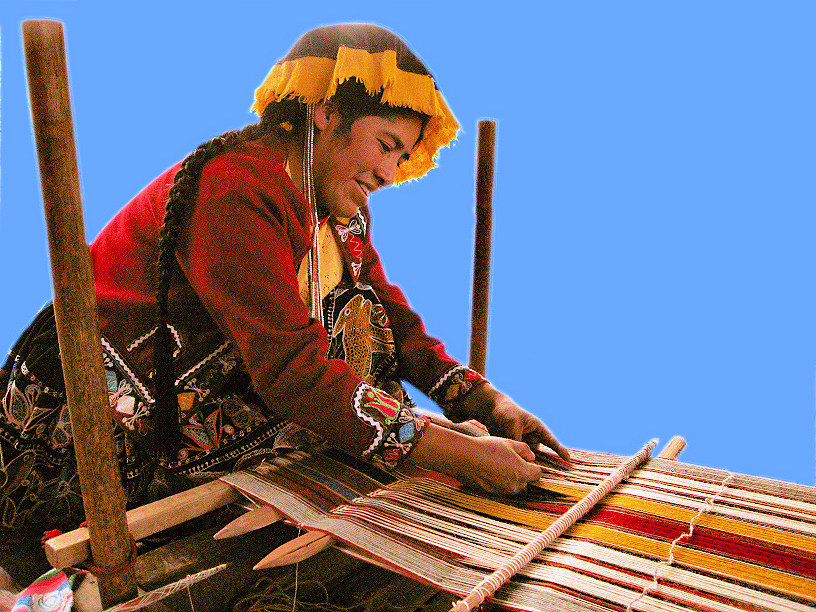
I visited Michell’s mill today where they have a museum, Mundo Alpaca, dedicated to alpaca fiber and the milling process. I will post more about that on another day, but today, I got a little infactuated with the traditional Quechua weaving demonstration. Each month Michell employs two women from fair-trade organizations in the Cusco area to demonstrate their craft for museum visitors.
I sat down beside this beautiful woman and watched her work for a little over an hour. We spoke little: I told her in my broken Spanish that my Spanish is very poor, and she replied that hers was too. Her principle language is Quechua. We laughed.
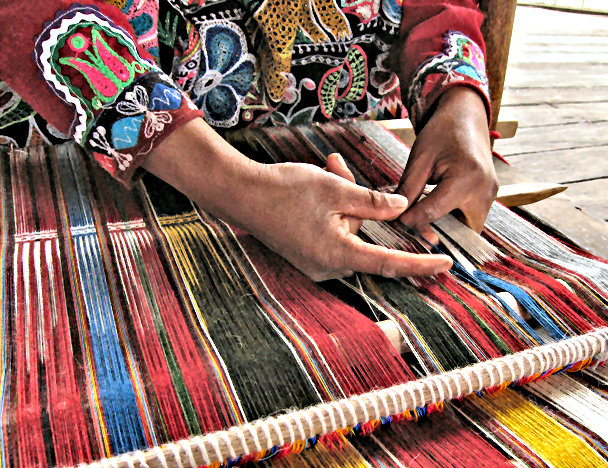
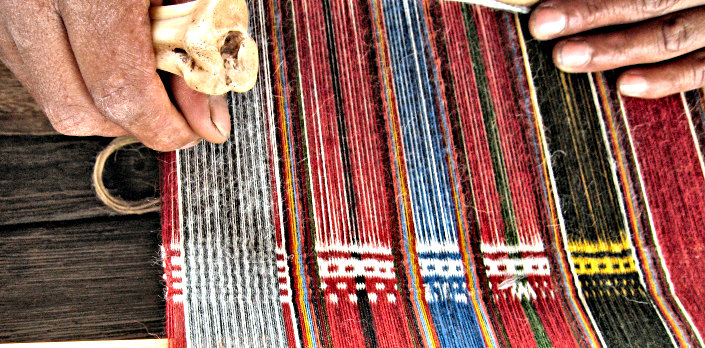
Other Blog Posts You May Find Interesting
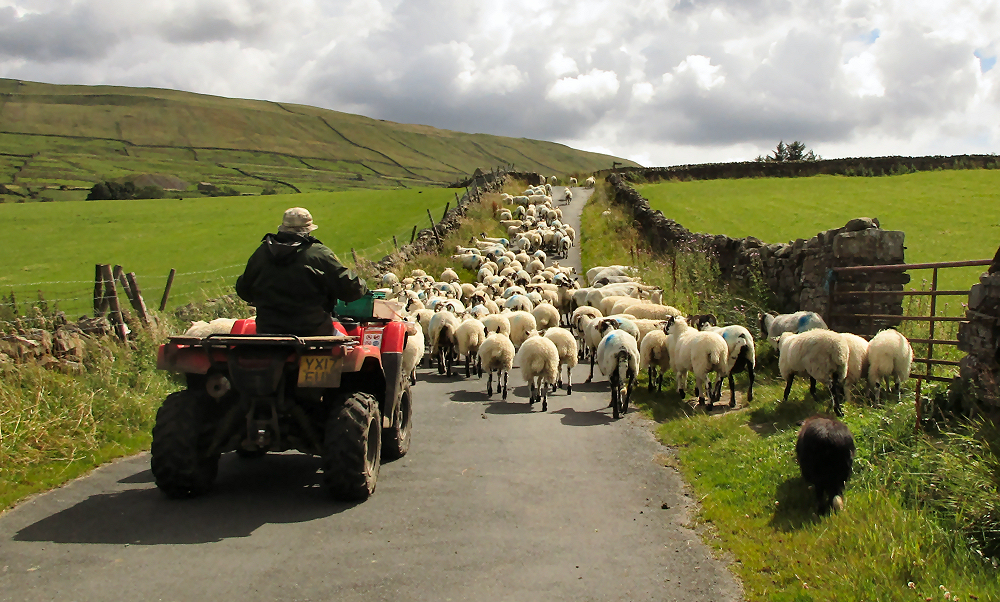
Quest for Fiber: A New Tradition in Herding Sheep
But then, the sheep came to a wide place in the road and as they spread out, the dog went to work. The farmer only occasionally had to give him direction; the dog zig-zagged behind the tractor making sure there were no slackers.
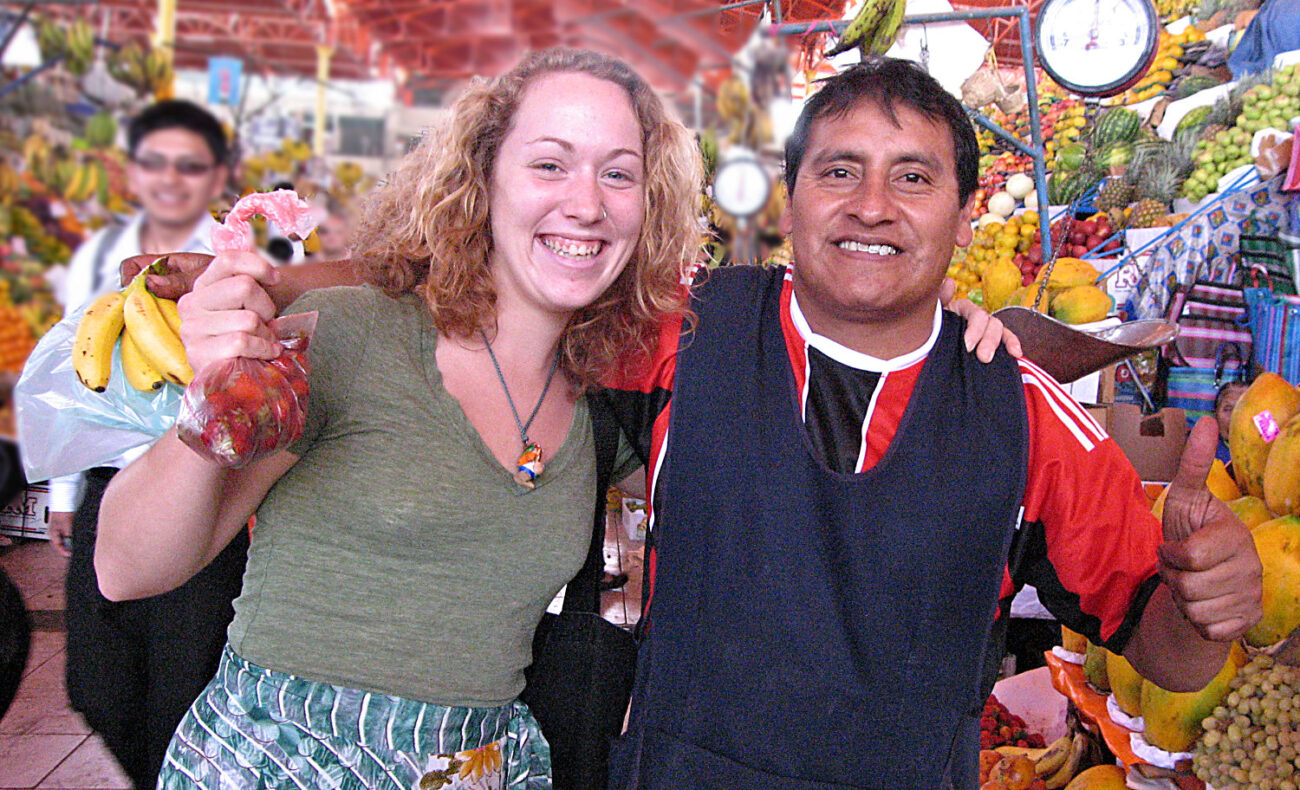
Return to Arequipa to Meet Rebecca
Most of our energy for the day was spent at the San Camillo Market, where Rebecca enjoyed pointing out the fruits here that are also grown in Hawai’i.
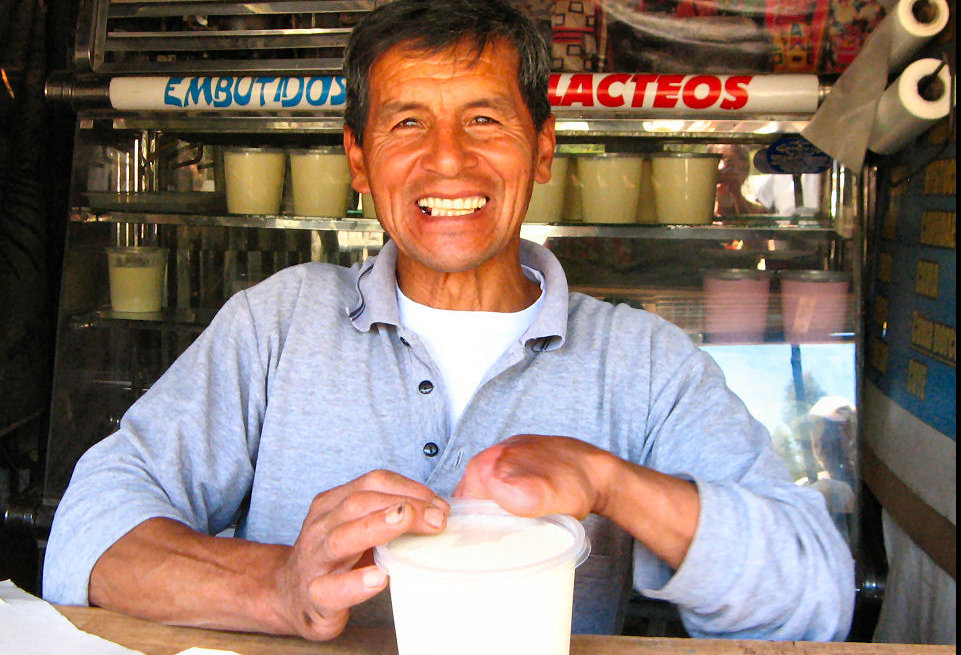
The Cheese Shop
As you drive through the area around Huarocondo, you see signs for roadside stands selling fresh homemade cheese and yogurt.
1 thought on “Quest for Fiber: Quechua Weaving”
Cathy,
Thanks. Reminds me of when I learned backstrap weaving from Mayan Indians in Guatemala in the winters of 1976 and 1978. It took me 4 hours to weave about 1 inch. I still have one of the weavings I created in San Lucas de Toliman, a town in the highlands of Guatemala. One of my teachers was the best multi-tasker I have ever seen in my life. She taught and oversaw 2 gringos weaving, cooked dinner, cared for her kids, took care of the chickens, talked to neighbors, tended the cooking fire, and more all at the same time. One time a chicken landed on and into the weaving I had been working on for 2 weeks. My panic disappeared when she shooed it away without missing a step on her other tasks. At the time of those trips in the 1970s, as I told you, I had hoped to go to South America to learn weaving there, but I had so much fun in Guatemala that I stayed in Central America. But I read back then that some of the best weaving in the world has been done in the highlands of South America.